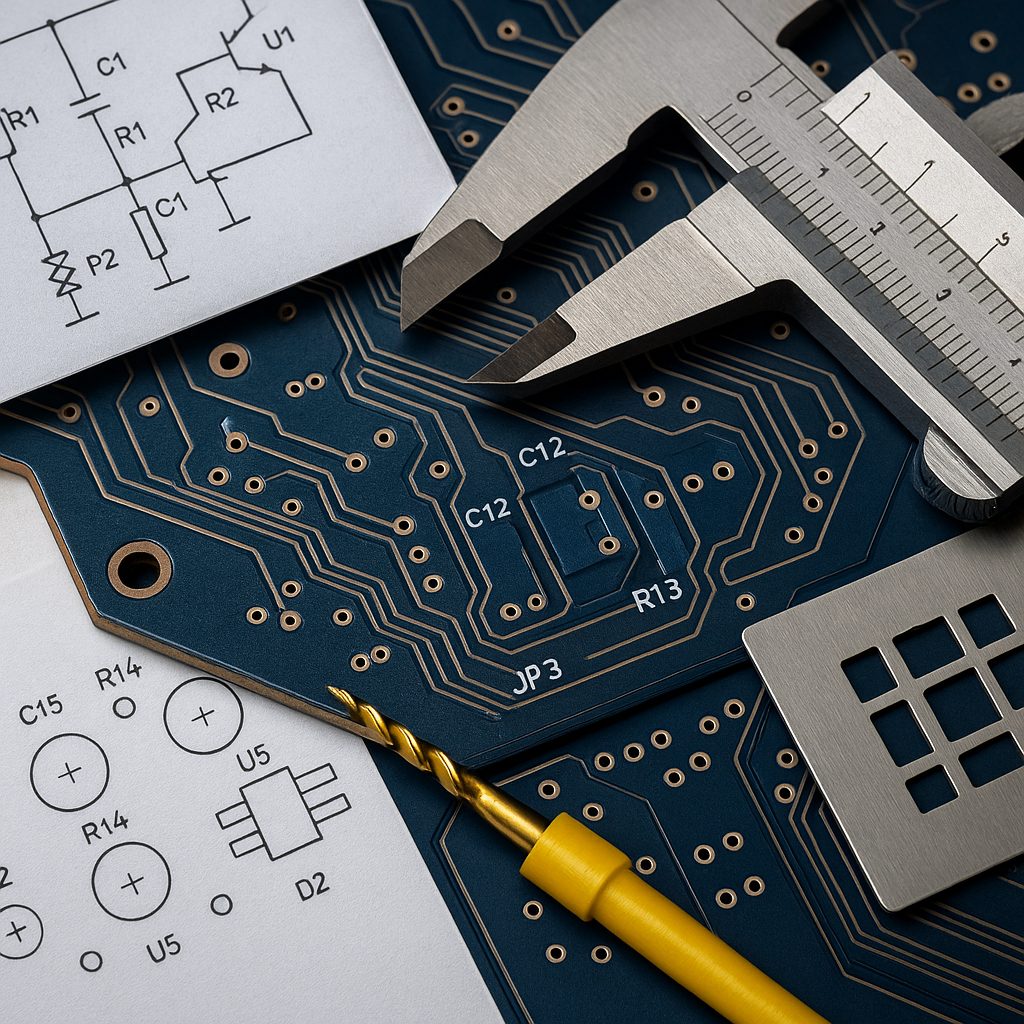The electronics industry is at the heart of technological progress, driving innovative advancements that shape our world. Yet, despite the sector’s rapid evolution, it faces a looming challenge: attracting and retaining young talent. With an aging workforce and an increasing demand for skilled professionals, the industry must find ways to inspire the next generation of innovators.
The Challenges and Opportunities in Electronics Today
The electronics sector is grappling with a shrinking talent pool as seasoned professionals retire, leaving a gap in specialized skills and institutional knowledge. This threatens to slow progress, especially as technology becomes more complex and integrated into everyday life. However, it also presents a major opportunity for early-career professionals. Their diverse viewpoints and digital fluency can lead to breakthroughs in sustainable design, flexible electronics, advanced materials, and unmanned systems, to name a few. Our industry can benefit by embracing this talent and fostering an environment that encourages creativity and exploration.
Electronics Is an Excellent Fit for Creative Minds
Electronics is a playground for creativity, where technical acumen meets imaginative problem-solving. It allows individuals to turn abstract concepts into tangible products that improve and save lives. From designing wearable health monitors and expanding the Internet of Things (IoT), to developing cutting-edge national defense systems, the possibilities are endless.
For those with a passion for invention, electronics offers a unique blend of logic and artistry. Engineers, designers, and manufacturers work together to create products that are not only functional but also intuitive, robust, and reliable (can’t fail). This convergence of disciplines makes electronics an ideal career path for creative minds eager to make a meaningful impact.
I can attest to this. In a previous leadership role, I managed design services for a contract manufacturer, directing daily operations for a team of eight PCB design engineers. One of my responsibilities was recruiting new talent to replace employees nearing retirement. My manager, the vice president of operations and a former designer, told me his best hires were not necessarily EEs or those with advanced degrees, but people who had excellent problem-solving skills and enjoyed completing puzzles in their spare time.
How to Break Into and Thrive in the Industry
Getting started in electronics doesn’t require an immediate leap into complex engineering roles. Up-and-coming professionals can begin their journey by experimenting with simple circuit kits, learning to code through online platforms, or participating in market fairs and competitions. These experiences build foundational skills and ignite curiosity, laying the groundwork for more advanced learning.
Education pathways range from vocational training and associate degrees to university programs and online certifications. Understanding the variety of roles available—from PCB design and embedded systems to IoT development and hardware testing—helps aspiring innovators find their niche.
Mentorship programs like IPC’s Emerging Engineer Program (I am a graduate of this program) and industry-driven initiatives like IPC’s Apprenticeship Program are also invaluable. Experienced professionals provide guidance, share insights, and help mentees navigate the complexities of the field.
The Power of Collaboration and Networking
Collaboration is the lifeblood of the electronics industry, where groundbreaking innovations often emerge from multidisciplinary teams that leverage their expertise to tackle complex challenges. For next-gen leaders, building a network of peers and mentors is crucial for growth and opportunity.
Attending industry conferences like IPC APEX EXPO, joining tech associations like SMTA, and engaging with professional organizations opens doors to valuable connections. These interactions not only broaden knowledge but also expose individuals to potential career paths and collaborative projects. Working with international teams on global initiatives provides a broader perspective and reinforces the universal nature of technology development. Meanwhile, community makerspaces and online forums provide collaborative environments where people freely exchange knowledge, fostering a culture of continuous learning and support.
Conclusion
The future of electronics depends on the next generation’s willingness to embrace the field and push boundaries. As experienced professionals pass the torch, up-and-coming innovators must recognize their potential to drive progress and shape the technological landscape.
For those with ideas and ambition, now is the time to step up. Start small, stay curious, and seek communities that nurture growth. Your creativity and determination can steer the industry toward new horizons. So, dive in. The world is waiting for your breakthrough ideas.
This article was originally published in iConnect007 on May 13, 2025



